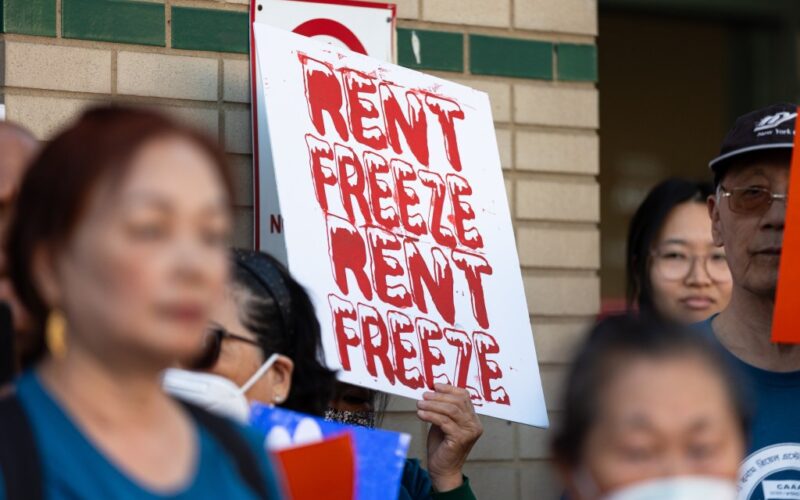No one wants to pay more for anything, including rent, but it’s just blatant and transparent election pandering — and damaging pandering at that — for all the Democratic candidates for mayor but for Andrew Cuomo to call for a rent freeze. If the six-pack of Adrienne Adams, Brad Lander, Zohran Mamdani, Zellnor Myrie, Jessica Ramos and Scott Stringer are trying to differentiate themselves from the front-running Cuomo this is a terrible way to do it.
As usual, Wednesday’s meeting of the Rent Guidelines Board was raucous when the panel voted to approve preliminary increases of between 1.75 and 4.25% for one-year rent stabilized leases and 4.75 to 7.75% on their two-year counterparts. As is typical, the landlord-aligned members wanted higher, the tenant ones wanted lower; in the end, a final decision won’t be made until the RGB’s final vote in June.
But there’s another vote in June that the desperate candidates are thinking about: The June 24 primary, where those promising a rent freeze hope to become the party nominee.
The RGB is supposed to be making its decision with reams upon reams of data in hand, collected from both renters and landlords, delineating everything from inflationary pressures to increases in the cost of energy and labor. Their very serious task is to balance these interests to preserve the viability of the roughly one million stabilized units citywide in the long term.
We would certainly love to agree with the pandering pols to keep the increase to zero if there were some plausible mechanism by which the millions of city residents in stabilized housing could face no rent raises year over year. Unfortunately, we have a private housing market — made of thousands of individual owners from regular people to massive global hedge funds — in which operating and material costs very rarely come down.
Mayor Bill de Blasio showed some of the dangers of forcing artificial rent freezes as he pressured the board into freezes for three years of his administration; the problem with that is that they must eventually come up, or trade off things like repairs and maintaining units in good working order. The bitter truth is that keeping increases at zero now would only mean much higher and more sudden increases later.
Since there are many different kinds of landlords, perhaps it would be more sensible to disaggregate the million-ish rent-stabilized units in the city rather than treating them all as one cohesive block with similar challenges and economic flexibility. It might be a bit more complex to divide stabilized stock by characteristics and have tailored increases for each, but that could be a fairer approach that will better fulfill the board’s fundamental mission of preserving our stabilized stock.
The underlying problem is housing supply. There is no sustainable or reasonable way to make rent costs come down for New Yorkers, particularly at the lower income bands, without simply constructing a lot more housing in general. On this front, we must commend the efforts of the Adams administration in tuning out the often politically powerful NIMBY voices and embracing real legislative reform and funding in favor of housing development and incentives. Hopefully, in years to come, the market housing will be able to compete with the overburdened stabilized stock.








